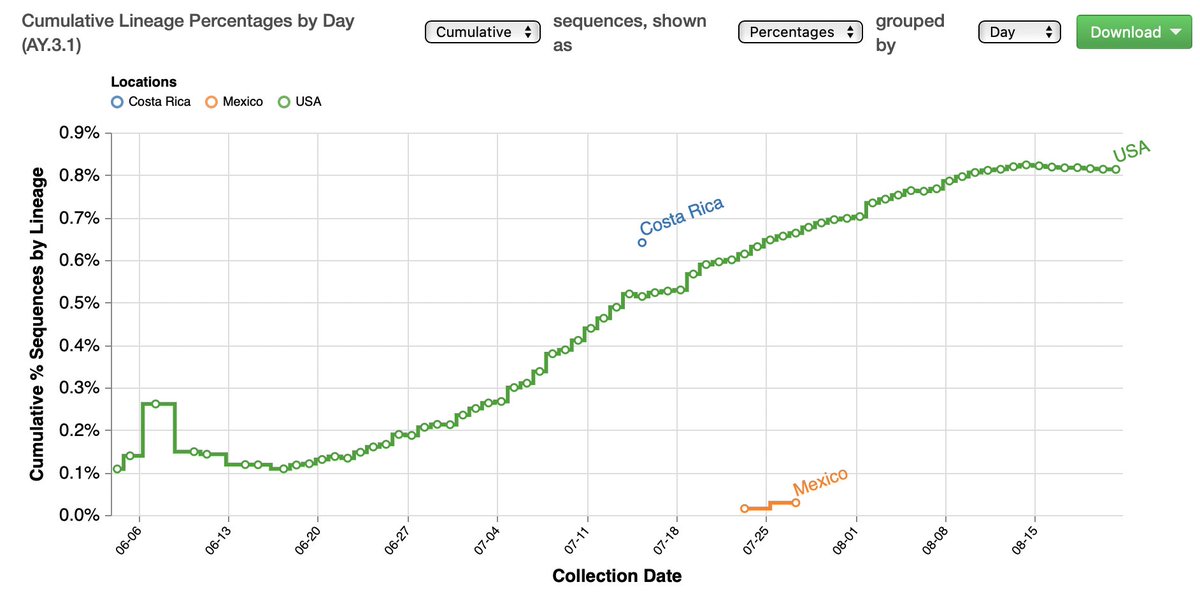
I address most of the points for natural origin made in this @ScienceMagazine article...
science.sciencemag.org/content/early/…
... in my medium post arguing that we should be asking for data/info instead of guessing in the absence of evidence.
ayjchan.medium.com/a-response-to-…
science.sciencemag.org/content/early/…
... in my medium post arguing that we should be asking for data/info instead of guessing in the absence of evidence.
ayjchan.medium.com/a-response-to-…
@ScienceMagazine One of the last defenses of natural originists is that there is no way RaTG13 could've transformed into SARS2.
That's not what most people asking for an investigation into lab origins are claiming. Let's just discard of that straw man and deal with this:
That's not what most people asking for an investigation into lab origins are claiming. Let's just discard of that straw man and deal with this:
https://twitter.com/Ayjchan/status/1425799334797402119
Please, no more of this multi-market "multiple animal-market–associated spillover events" hypothesis.
https://twitter.com/Ayjchan/status/1416509085566914560
These guys are feeding off the error-filled China-WHO report that says the first patient was exposed to a Costco-equivalent in China.
https://twitter.com/Ayjchan/status/1412235381005864963
People, the day we have to start worrying about pandemics starting at Costcos...
The article then gets into a guesstimated increase in the wildlife trade because of the swine flu and even #PopsicleOrigins
• • •
Missing some Tweet in this thread? You can try to
force a refresh











